When it comes to designing your office, there are many factors to consider when deciding which layout best suits you and your team. Open-plan offices have been the popular choice over the years but many businesses are now converting to closed-space offices or a combination of both. Each of these layouts has its own benefits and drawbacks and some work better than others for certain businesses.
Open Plan / Creative Spaces
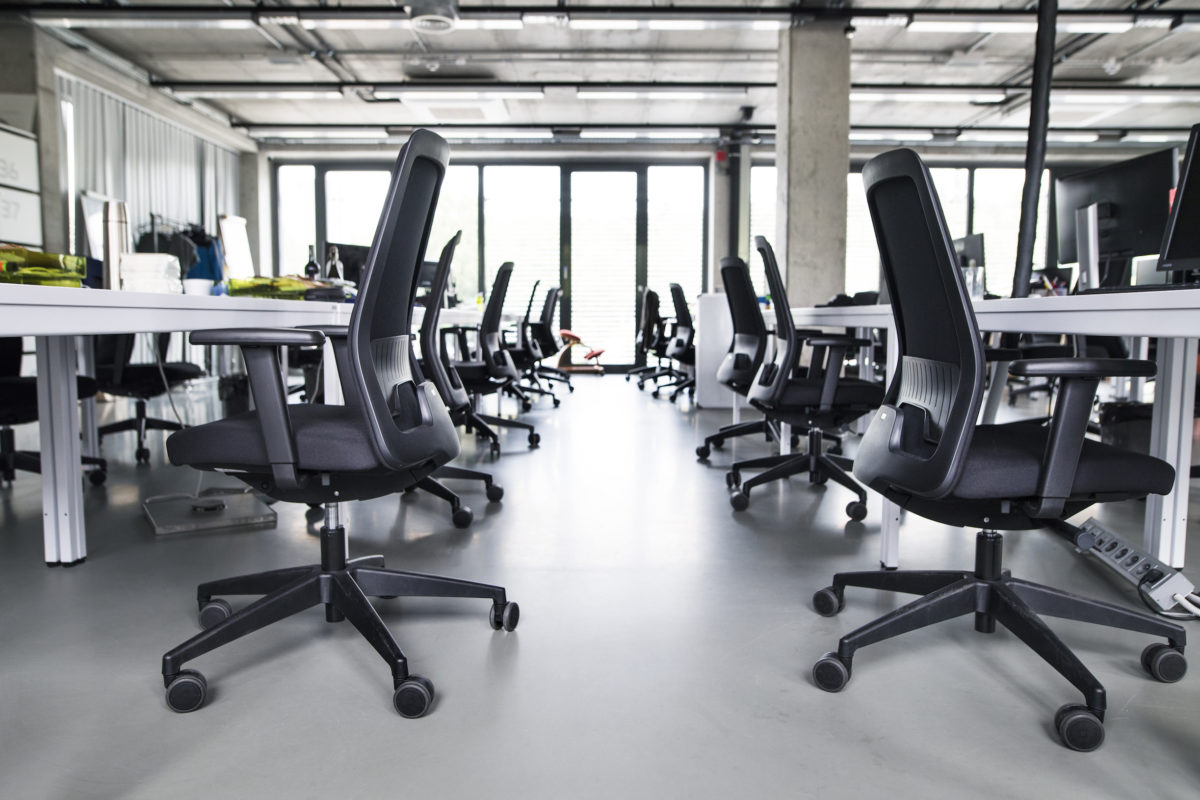
The typical design for an open-plan office is usually rows of desks, separated by a computer monitor. This scheme is much more cost effective when it comes to set-up and maintenance. This makes it easy to adapt to more staff as the business grows. You can also fit more employees into the same size open vs. closed-plan space.
This design works well for offices where staff needs to work by themselves but may need to discuss issues with colleagues occasionally. However, this layout can be a bit limiting in creative industries.
A great way to promote discussion among staff is to create specialised spaces for each working-group, with desks facing each other. You could also consider having a separate area for round tables group discussions. Harbour-shaped layouts can work really well in an open space layout with a manager surrounded by other members of staff for support and assistance.

One of the major downsides to open-plan offices is not having the ability to control the noise level. Everyone works in a different way and while background noise might be well suited to certain tasks or working styles it can decrease productivity for others.
Closed Spaces

Closed-space office layouts give employees their own working areas. This can either be by having individual offices or dividing the space with cubicles or panels. The main benefit of a close-plan office is the privacy it provides.
This layout helps to minimise distraction. It also gives employees the ability to work quietly by themselves and tailor their environment to their personal requirements. Closed-space offices are a good fit with jobs that require concentration and quiet working areas.
The major downside to closed-space offices is the cost. This layout is more expensive to build. You will need a significantly larger amount of space to accommodate the same number of employees as the open-plan alternative. Large office spaces will also require more furniture, heating, and maintenance.
Office Design Solutions
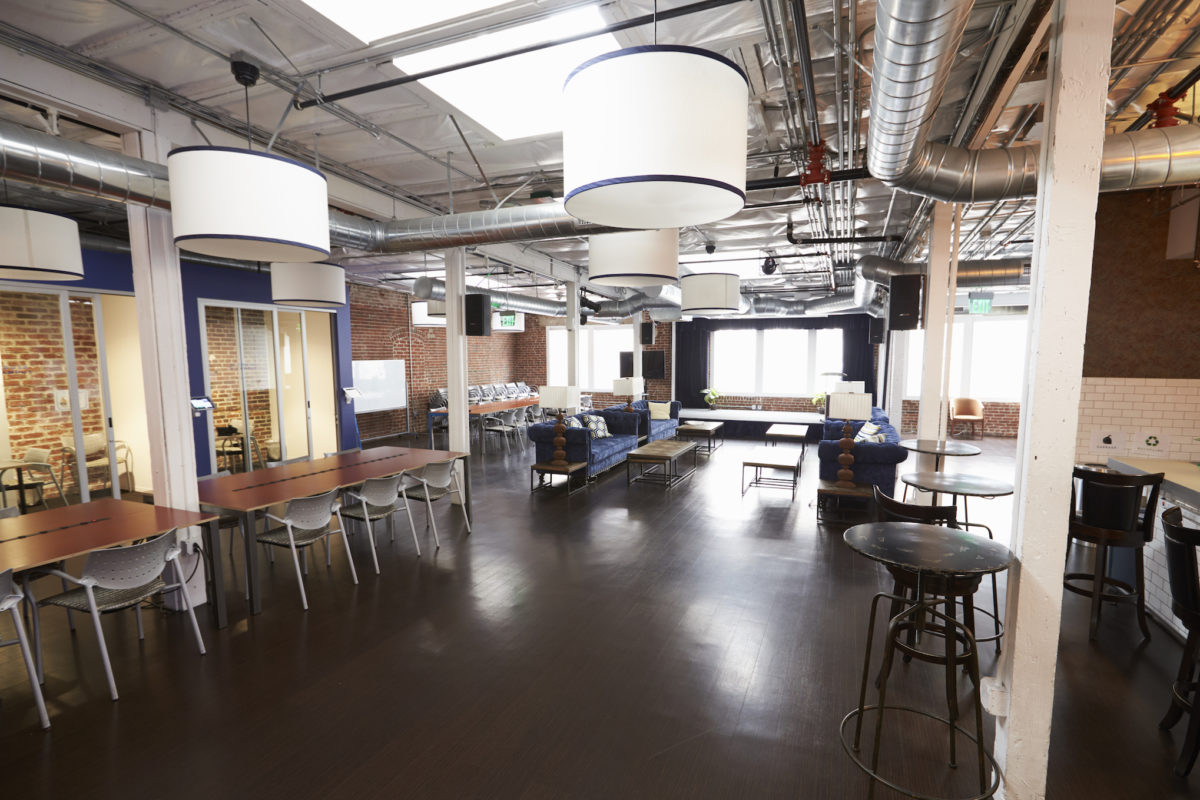
It is now possible to combine the best of open-plan and closed-space designs. Creating a variety of different zones provides an array of creative spaces and private locations. Furniture can be used to reduce noises and block the view from the rest of the office.
This creates small quiet areas which provides employees with the opportunity to utilise both personal and shared spaces. These solutions can better help employees find the ideal environment for work. It can also get the right mix between productivity and collaboration.
At Consolidated, we are leading providers of office furniture management and can handle of your office furniture needs. For more information about our services click here or call the team today on 01708 384466.

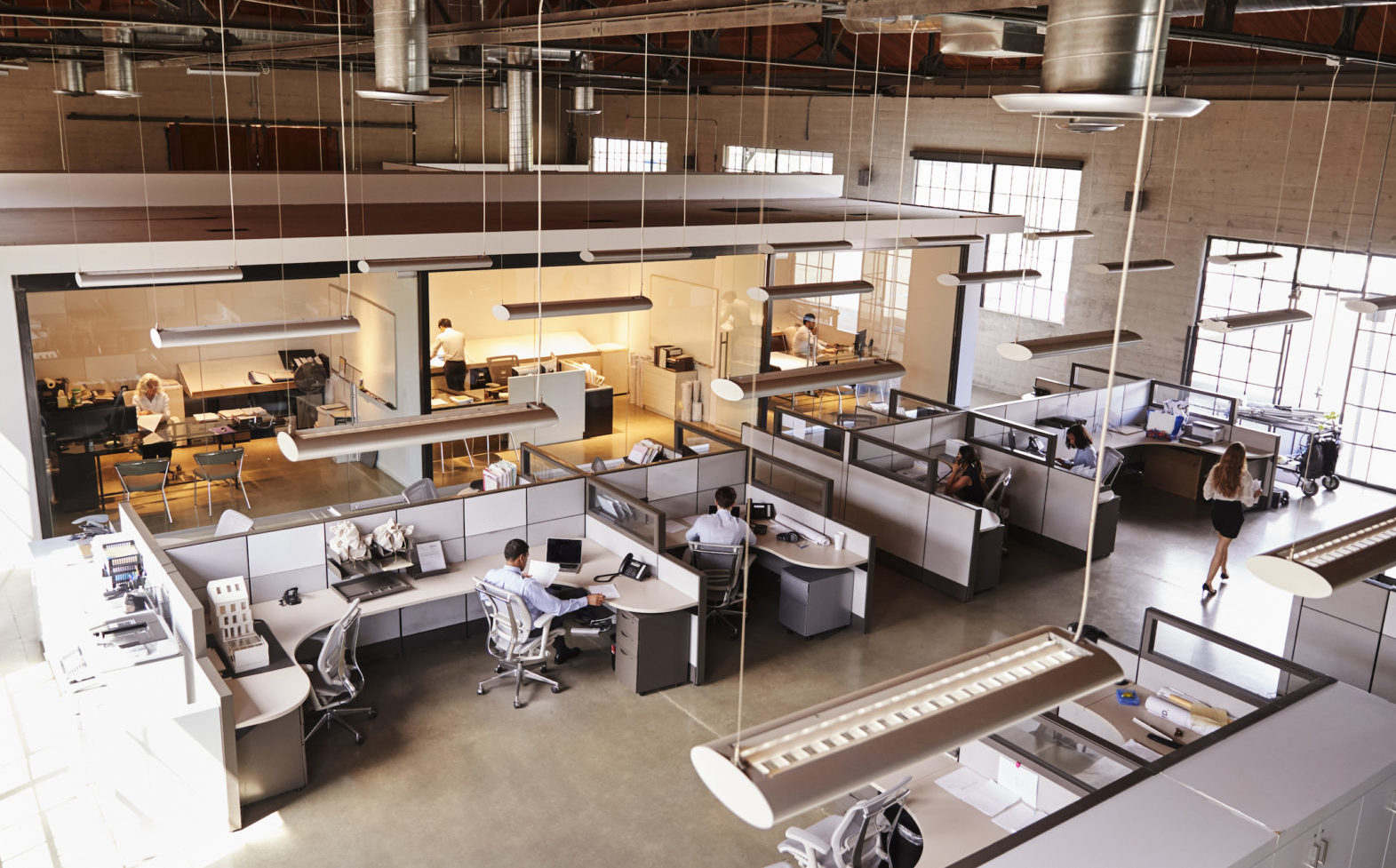
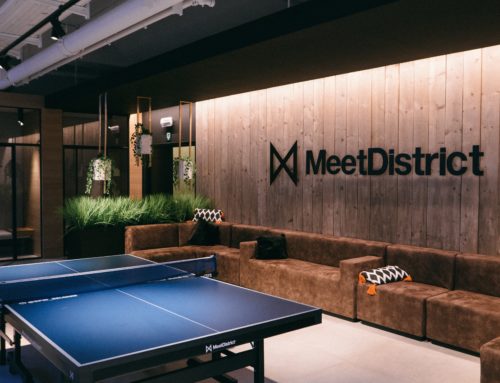
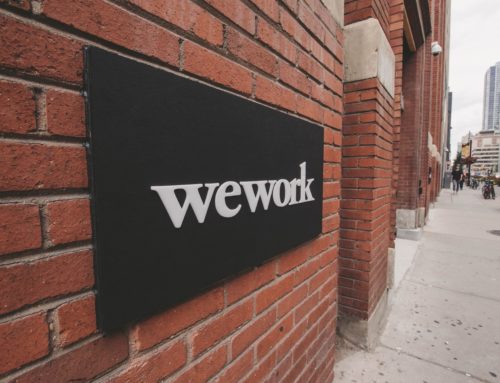


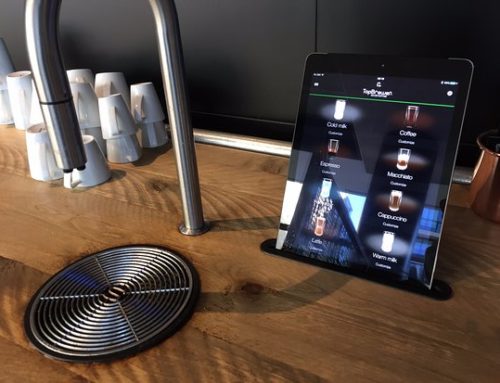
Leave A Comment